The Elephant in the Room
A significant portion of the research here at Toolik is either directly or indirectly connected to climate change. Some experiments are mainly focused on how this Arctic ecosystem works (like the circadian rhythms of the arctic ground squirrel or the relationship between microbes and the abiotic Arctic environment), while others, like this one, specifically look at how a “warmed” Arctic ecosystem behaves differently when compared to the actual (current) ecosystem conditions. The Arctic is warming faster than any other place on earth, so a place like Toolik, high in the Alaskan tundra, is a perfect location to investigate how this system could react to the increased warming that scientists have projected to happen over the next 50 years. I say could because this is science after all, and nothing is certain until it actually occurs (remember all that stuff about variables in my last journal?)…
Check out this 30 second video from NASA showing temperature changes over the last century. Yellow-red colors represent higher than average temperatures.
Replicating Warming
The tundra behind Toolik Field Station is peppered with lots of experimental plots that have been built to simulate a warmer than average ecosystem. How is this done? Easily – mini greenhouses are built over naturally occurring tundra (i.e. no plants were brought in). Some of these greenhouses have been in place for the last 25-30 years, allowing scientists to conduct experiments in these conditions, meant to simulate a warmed Arctic ecosystem. All of the greenhouse plots have “control” plots next to them – natural tundra areas that have not been manipulated. Also present in this experimental area are shadehouses – to simulate a cooled tundra environment. Note that the houses are only covered during the summer months when sunlight is present. During the winter, the houses are partially disassembled.
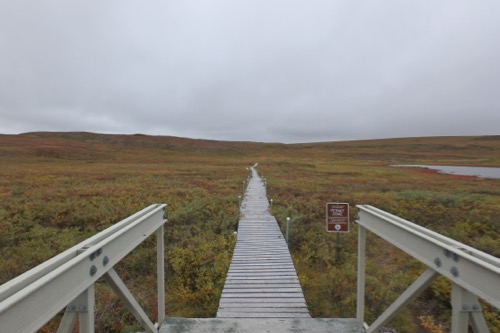
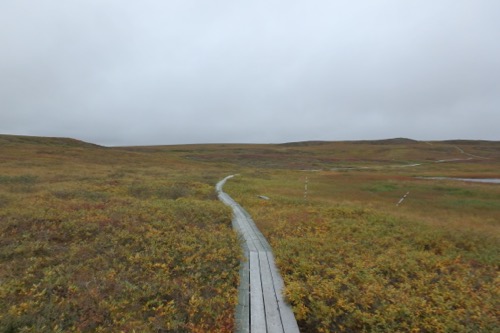
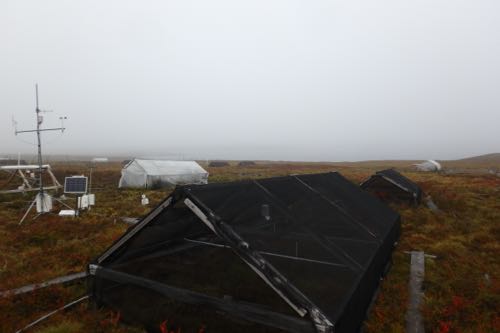
The Question
So what, exactly, does the research team want to understand about this ecosystem? Well, it’s a complicated question, but it basically boils down to “Do tundra plants have deep enough roots to be able to access certain nutrients (specifically, Nitrogen) if the permafrost continues to thaw at an accelerated rate?” While this question seems straightforward, it’s only one part of the entire project. There are collaborating scientists on this project that are asking their own (slightly different) questions about this system too – questions like: What fungi might exist on these plant roots that help the nutrients that move through the soil? Do different types of tundra soil ecosystems have the same plants and same root systems? Can we create a model based on these findings that could predict how the Arctic ecosystem could “react” to changing climate?
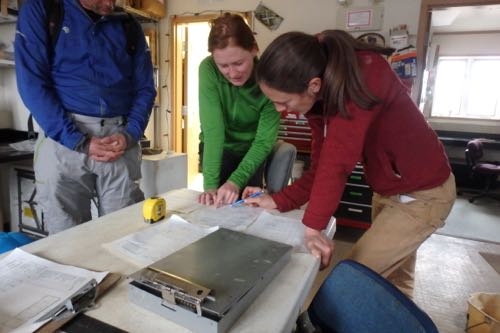
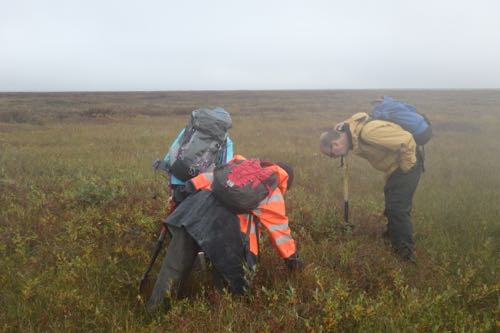
Answering the Question
So how exactly has the team designed their experiment to answer this question? Stay tuned for the next post! In the meantime, here's a picture of me pretending to be a scientist...
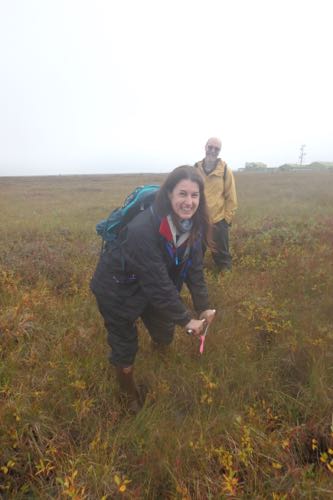


Comments